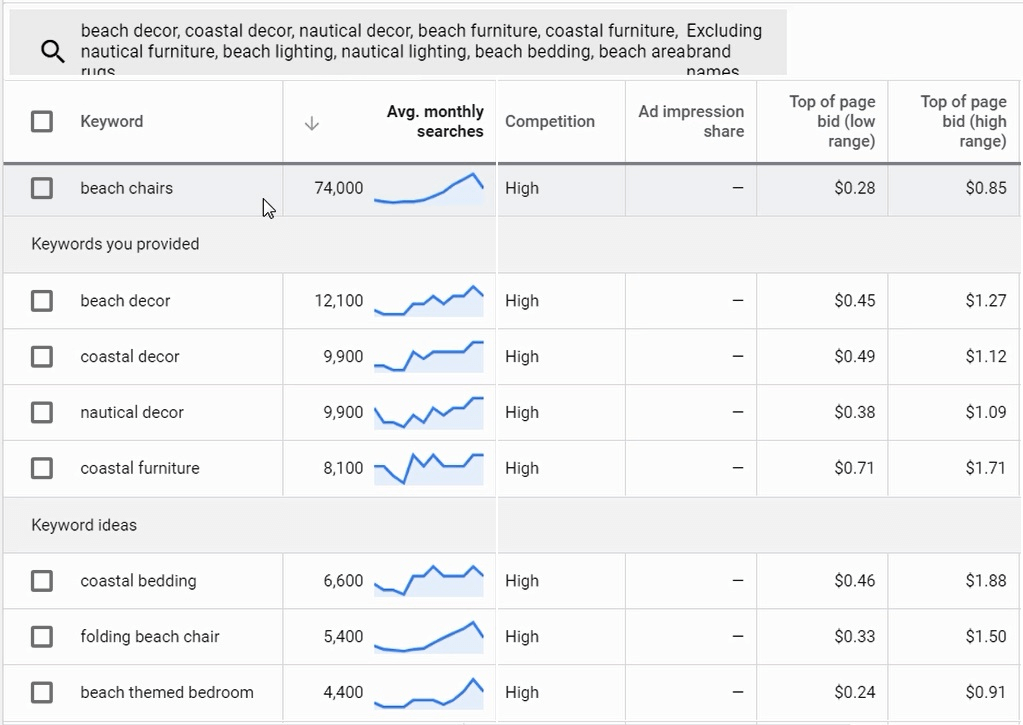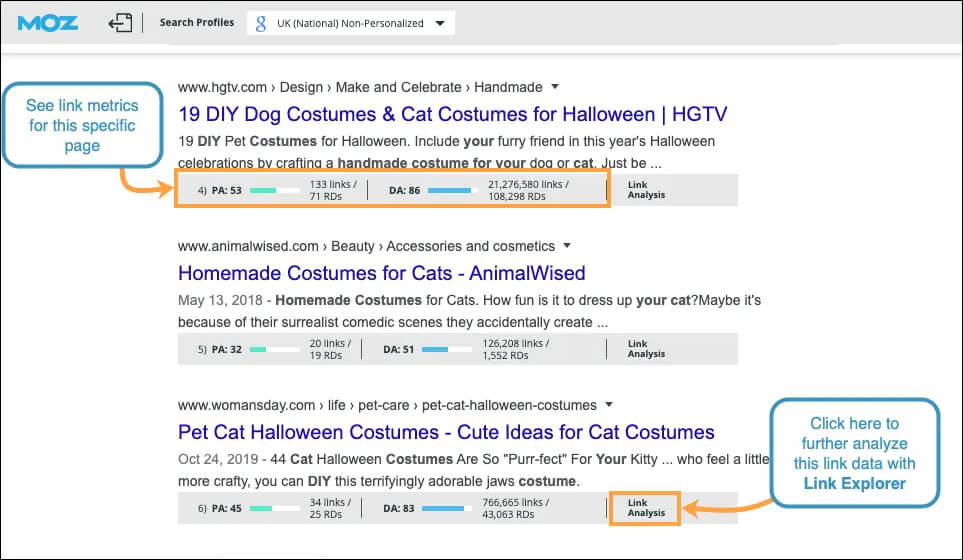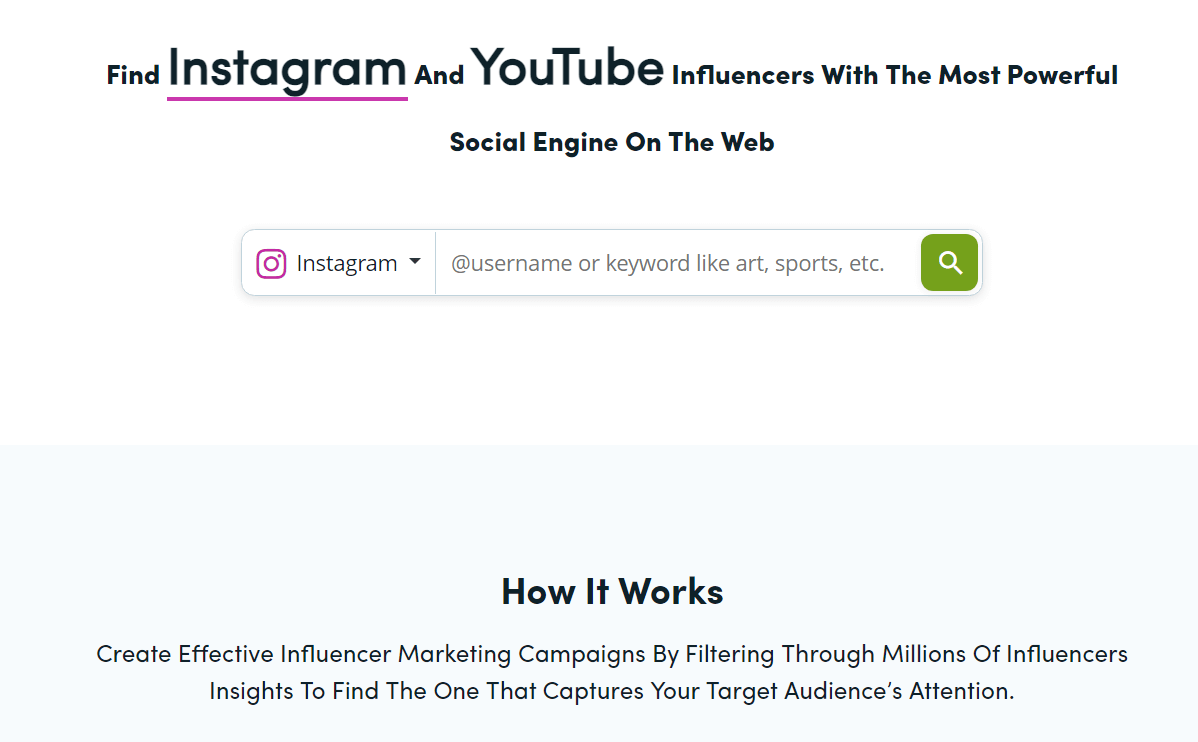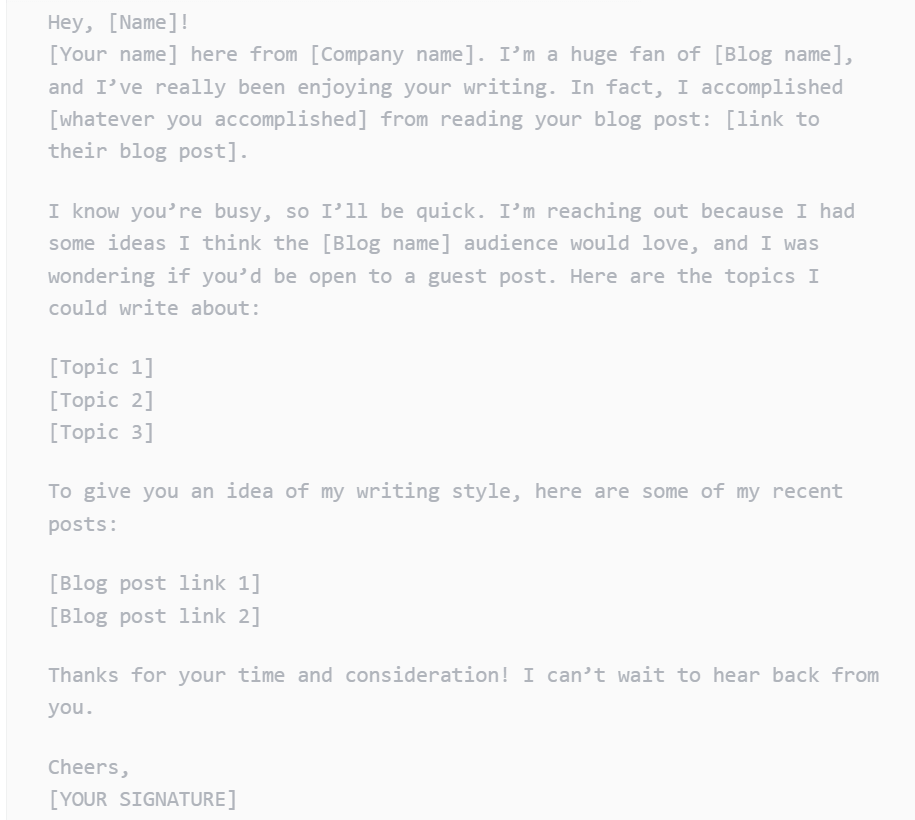Search Engine Optimization (SEO) has been all the rage for the past couple of years. However, businesses are learning that they need more than just SEO to stay competitive in today’s digital landscape.
To succeed in the current digital marketing space, a business needs to be both visible and credible. This is where the need for a combined PR and SEO strategy comes in.
SEO and PR both help increase brand awareness and build trust with your target audience. SEO achieves this through high-ranking content, while PR focuses on fostering positive relationships with the public and media. Therefore, by integrating PR and SEO, you boost your brand’s visibility and online reputation, ultimately enhancing your online presence.
In this article, I will discuss how to combine PR and SEO to enhance your online presence. Let’s dive right in!
1. Incorporate Keywords into Your Press Releases
Press releases, or news releases, have been a core PR communication strategy for as long as public relations has existed. Though primarily used to share important news, such as PR events or product launches, they can have a broader impact beyond just media coverage.
When incorporated with relevant keywords, press releases can significantly enhance both your PR and SEO efforts.
Search engines scan online content, looking for specific words and phrases to ensure they deliver the most relevant results to users. Including these words and phrases in your press releases increases the chances of search engines finding and ranking them.
This, in turn, ensures your brand is easily visible to potential customers with related search queries.
Now how can you and your SEO team execute this effectively?
Start by conducting keyword research to find high-performing keywords related to your industry and press release topic. Relevance ensures your release’s content matches search intent. Use tools like Google Keyword Planner to find the best keywords based on metrics like search volume and competition.
Next, integrate keywords into the press release, including the headline, subheadings, and your press release’s body. If you leveraged image or video production services and incorporated visuals into your press release, include the keywords in your captions and alt text as well. However, avoid keyword stuffing, since it jeopardizes your press release’s readability. This will then discourage readers from engaging further with the content.
If all this seems overwhelming, you can always seek the services of reputable PR agencies so they’ll write–and distribute—your SEO-friendly press releases instead. Just make sure you choose an agency that specializes in the type of PR campaign you wish to run. For instance, if you want a press release to quell public backlash against your company, look for a crisis management PR agency. A food PR agency is the right one for you if your aim with your news release is to increase brand awareness of your newest dish or menu.
2. Generate High-Authority Links through Your Press Releases
Search engines consider backlinks from high-authority sites as endorsements of your content’s credibility and relevance. Therefore, the more high-quality backlinks your press release–a popular PR tool—gets, the higher the possibility of ranking on search results. This then boosts your press release reach.
You could just publish your press release on your site and hope high-authority websites link to it. But if you follow this strategy, you might not get the most of your press release for SEO benefits. So, be proactive instead.
Find reputable websites or top-tier publications in your niche. These websites guarantee a wider audience and valuable backlinks. High-authority websites or publications have a domain authority and a rating of 70+, on the 1-100 scale.
You can use a tool like MozBar to check the website’s domain scores.
Then include them in your PR outreach. There are tools you can use to find email addresses easily.
It’s a good idea to forge relationships with these webmasters before you send your cold email pitching your release. To build these relationships, engage with them on social channels, attend industry events, and offer them exclusive insights.
You can also use platforms like Muck Rack to find contact information for niche journalists and Ninja Outreach to find influencers for your outreach.
Besides sharing your press releases with journalists, reach out to press release distribution services like PR Newswire. These sites won’t just link to you. They also have a wide audience, which boosts your release’s reach, resulting in more visibility and high-quality links.
Of course, reaching out to people and sites that can link to your release isn’t enough. You need to create press releases that are compelling and newsworthy to increase the chances of them being picked up in the first place. A great release includes data, unique expert insights, quotes, reviews, and multimedia elements. Generative AI can help you craft a press release that doesn’t just engage your audience but also helps you reach your SEO goals but always be aware this is just a starting point not the final version.
3. Guest Post
People see you as an expert if you have lots of content published on reputable sites in your niche. In other words, guest posts are great for PR.
The good news is, that’s not all guest posts can do for you. Guest posts can also help boost your SEO ranking. This is because they can also earn you high-quality backlinks. We already know the importance of backlinks for SEO.
So, don’t just send your press releases to websites and online publications that can link to you. Pitch topics you can write for their audiences as well. Of course, the topics you pitch should be something you’re familiar with. Remember, the goal is for you to be seen as an expert in your niche as well. You can’t do that if you write about topics you don’t know.
For instance, if you are in the SaaS marketing business, you can cover relevant topics like the SaaS content production process, marketing strategy, or SaaS metrics. Or, if you sell email marketing software, how about a guest post on email marketing trends? Besides being a great SaaS link building technique, these guest posts will also boost your reputation, especially when they’re published on other reputable sites.
Here’s a standard pitch template you can use when sending potential topics to write about.
When you get the go-ahead, create a well-written guest article. Include a relevant link to your site in the article. At the end of your guest post, you may also “link back” to your business’s website.
With guest blogging, you don’t just increase your authority in the eyes of potential customers. You also improve your business’s backlink profile and improve your organic search rankings.
4. Write Optimized Blog Posts about Your PR Events
Blogging is an excellent platform for boosting your SEO. When you create optimized blog posts on your site, you increase the chances of ranking in search engine results pages given a search query. You, therefore, also increase the chances of people going to your website. If the post is entertaining enough, you can increase dwell time, or the amount of time users spend on a page from search results. That, again, may boost your ranking — many SEO specialists consider dwell time as an important ranking signal.
Why not leverage your blog posts for PR as well by promoting your PR events? If your blog post is optimized, you can reach a wide audience, which can then translate to more attendees. Besides, blog posts allow for more event details and visual elements that engage readers. Also, the blog post continues to attract web visitors long after the event. This provides some sort of lasting event visibility. That’s great especially if you hold the event on an annual basis for PR. People can just check your previous PR event blog posts to be convinced to attend.
Check out this blog post by Salesforce about their 2023 Dreamforce event.
To optimize your blog posts, incorporate relevant keywords that align with your target audience’s search intent. Include them naturally in headings, subheadings, body text, meta description, and meta title.
Speaking of meta descriptions and titles, ensure you craft compelling ones for your posts. These two show search engines your content’s relevance, leading to higher visibility in search results. They also entice users to learn more, which boosts your post’s click-through rate.
Ensure you format your content for readability and SEO. Use headings, subheadings, visuals, and bulleted lists.
Include a clear CTA button at the end of your blog post. Your CTA should guide readers on your desired action. Check out the CTA our Salesforce example used.
Also, ensure your blog post is mobile-friendly. Over 60% of global internet users use mobile devices to go online. Therefore, a responsive design means enhanced user experience, which will positively impact your ranking.
5. Tell a Story Using Your Optimized Blog Post
To integrate PR and SEO, you can also weave a compelling story with your optimized blog post. Storytelling is a critical PR strategy. When you use storytelling effectively, you can ensure your content stands out as it engages audiences emotionally. Besides, an emotionally engaged audience is more likely to interact with your content longer. This signals to search engines that your blog content is valuable, leading to, again, high ranking and more organic traffic.
To create a great story, just make sure it incorporates the following elements:
- A character: The character is the hero of your story. It could be your brand, customers, or employees.
- The problem: This is the conflict or challenge the character faces, which should be relevant to your topic.
- The action: What the character does to solve the problem.
- The result: The final outcome of the action, which should demonstrate the solution’s benefits and value.
Check out this excellent example of an optimized blog post that uses the powerful PR technique of storytelling.
Instead of just enumerating Mailshake’s features, the blog post highlights We Outreach’s journey–including the challenges it faced—from being a two-person link-building company to a business that employs over 20 link builders. The article then just highlights Mailshake as the hero.
Enhance your narrative further with multimedia elements, like images and videos, to provide a richer storytelling experience.
6. Leverage Newsjacking for Your Blog Articles Optimized for SEO
Newsjacking is another effective PR technique. It involves paying close attention to the recent news and then creating press releases or statements based on the news. The rationale is this: since you talk about something that just recently happened, you increase your chances of getting cited by the media as well.
You can leverage this PR strategy for your optimized blog posts as well. When you ride on a prevailing trend using your blog article, you increase your chances of appearing in search engine results pages since many people are probably making search queries on those same trends. If your blog post is optimized, even better. You increase your chances of ranking in search engine results pages as well.
Here’s an excellent example of a brand that used newsjacking in one of its blog posts:
The Contently blog post came out at a time ChatGPT was all everyone was talking about. So, when people curious about the new technology made a search query about ChatGPT at that time, the blog post–which was also optimized—was also likely to have made an appearance in SERPs.
You can leverage social media channels when searching for newsjacking opportunities. Tools like Mentionlytics can help you track popular hashtags and mentions you can create blog content about, for instance.
Conclusion
Combining your PR and SEO efforts can have a tremendously positive effect on your business’s visibility when done right.
I’ve discussed six key techniques you can use to integrate SEO and PR. Add keywords in your press releases, build backlinks, guest post, write optimized blogs on your PR events, and tell a story using your optimized blog post. Also, leverage the PR technique of newsjacking for your blog articles.
Follow these strategies and see your brand grow a strong online presence that helps it dominate the digital landscape. All the best!











